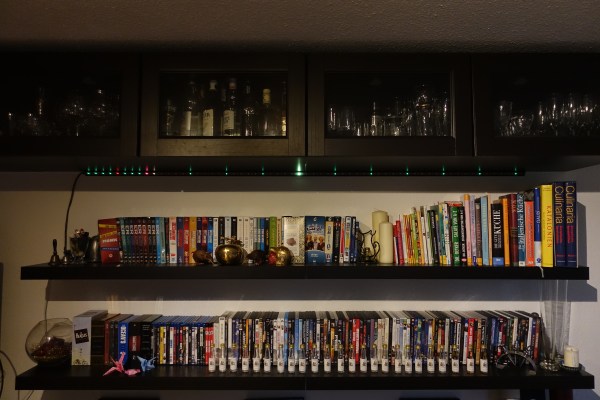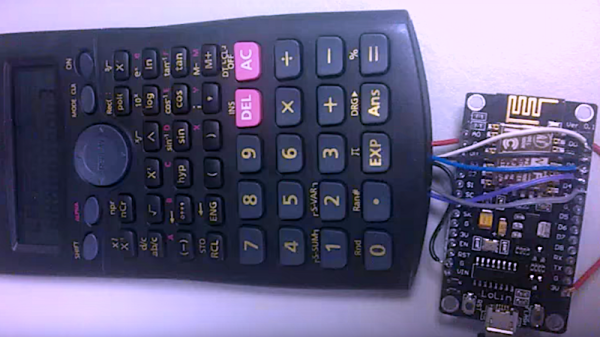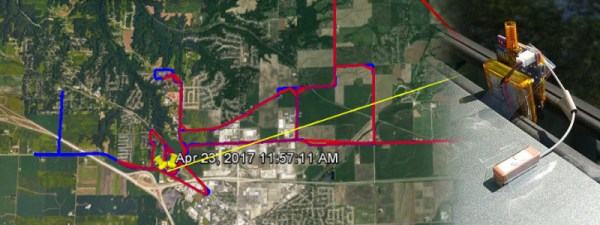If you have ever worked with simple logic gates, there is a good chance that at some point you will have built a ring oscillator from a chain of inverters. With the addition of a resistor and a capacitor, you can easily make a square wave oscillator up into the megahertz range with standard logic chips.
[Afroman] received some rather special logic chips, from an unexpectedly named company, Potato Semiconductor. They specialise in making versions of common 74 series logic that smash the usual 100+ MHz barrier of the faster conventional 74 series chips, and extend their bandwidth up to over 1 GHz. Using one of their 74GU04 parts, he made a ring oscillator relying only on the stray capacitances of its gate inputs for its timing, and while he didn’t manage to achieve a GHz he did measure it at about 373 MHz. He took a look with a spectrum analyser, and as you might expect from a logic circuit found strong harmonics in the GHz range.
Now normally there would be no news in someone making a ring oscillator with a 7404. It really wouldn’t be a hack with a run-of-the-mill 74LS or 74HC part. But this Potato part is sufficiently unusual that it deserves a bit of attention in its own right. After all, we’re not used to logic chips that can work at those kinds of frequencies.
We’ve put his video below the break. Meanwhile, the Potato Semiconductor website makes for an interesting browse, and proves that there is plenty of life left in the venerable 74 series.
Continue reading “Afroman Makes A UHF Oscillator From A Potato”

















